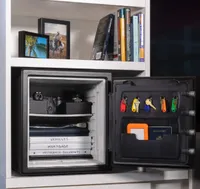9 Things You Should Keep in a Home Safe
Put these valuables in a home safe, not a bank safety deposit box. You'll be glad you did.

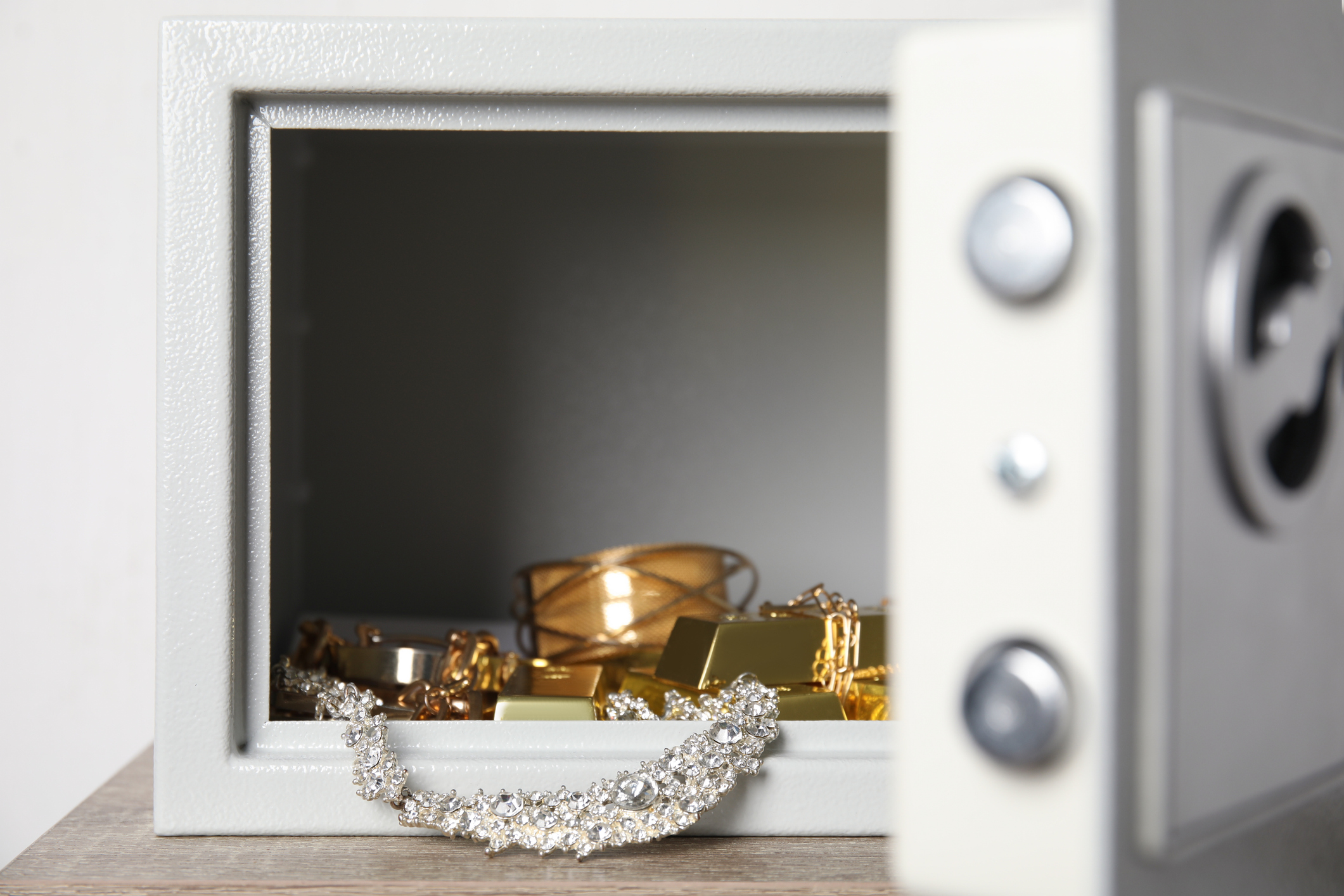
A home safe lets you keep your important information and small valuables in one convenient, private, burglar-proof location. Spend more for a fire- and water-resistant safe, and you can keep these items secure in most catastrophic events.
A break-in, flood or house fire can cause you to lose things that can’t be easily replaced: Private and personal data, documents, electronics, heirlooms and keepsakes. Especially if you are in a place prone to natural disasters like hurricanes and wildfires, you should consider moving these nine things into a home safe and out of your safety deposit box, wallet and drawers.
Why a home safe and not a safe deposit box at a bank?
There are many reasons why a fireproof safe at home is preferable to a bank box. It's not a good idea to store original copies of documents you may require immediate access to, such as passports, in a safe deposit box.
From just $107.88 $24.99 for Kiplinger Personal Finance
Become a smarter, better informed investor. Subscribe from just $107.88 $24.99, plus get up to 4 Special Issues

Sign up for Kiplinger’s Free Newsletters
Profit and prosper with the best of expert advice on investing, taxes, retirement, personal finance and more - straight to your e-mail.
Profit and prosper with the best of expert advice - straight to your e-mail.
Bank safe deposit boxes are only accessible during branch operating hours and are typically sealed when the bank receives a death notice. To open a sealed safe deposit box, estate representatives must provide court papers to the bank.
FDIC insurance does not cover cash in a safe deposit box. The FDIC only insures the deposits in bank accounts, but not the contents of their safe deposit boxes.
Tip: Items in your home are typically covered by your renter or homeowners insurance policy, and the contents of a bank safe deposit box are rarely covered.
What should you store in a fireproof safe?
This is just a selection of the precious objects and important documents that many people have lying around the house or otherwise stored inappropriately that could cost a lot of time and money to replace. Installing a fireproof, waterproof safe now might prove more cost-effective than replacing all these items (and dealing with the hassle of insurance companies).
1. Safety deposit box keys
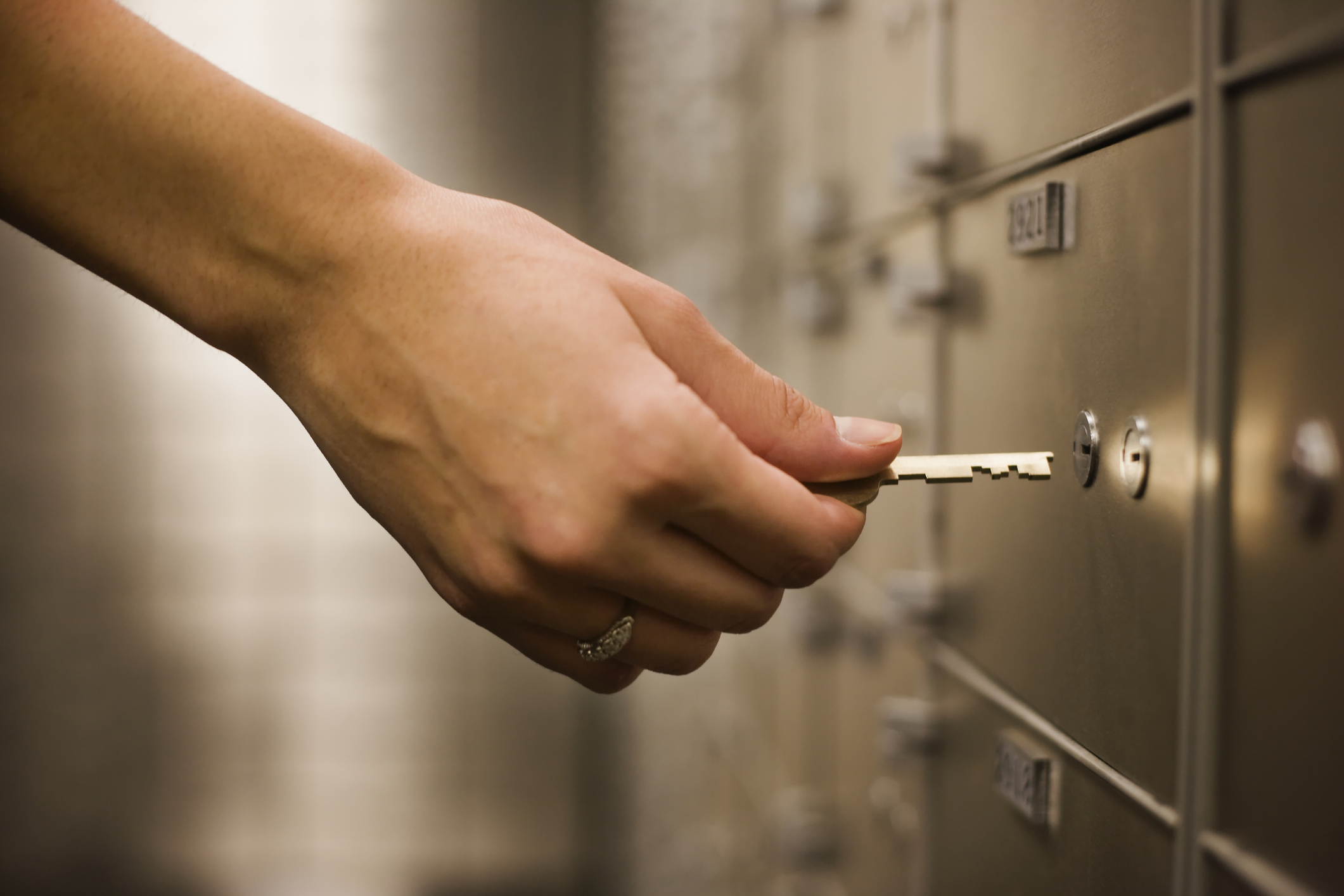
While we're suggesting moving some items into a home safe, you may still keep other items at the bank. So, if you do store valuables in a bank safe deposit box, you'll want to make sure you keep the keys to it in a secure place.
Tip: Keep copies of car and house keys. They aren't expensive to replace (unless you lose your last copy, of course) but in the wrong hands, they provide easy access to your home, car, garage and shed.
2. Cash and credit cards
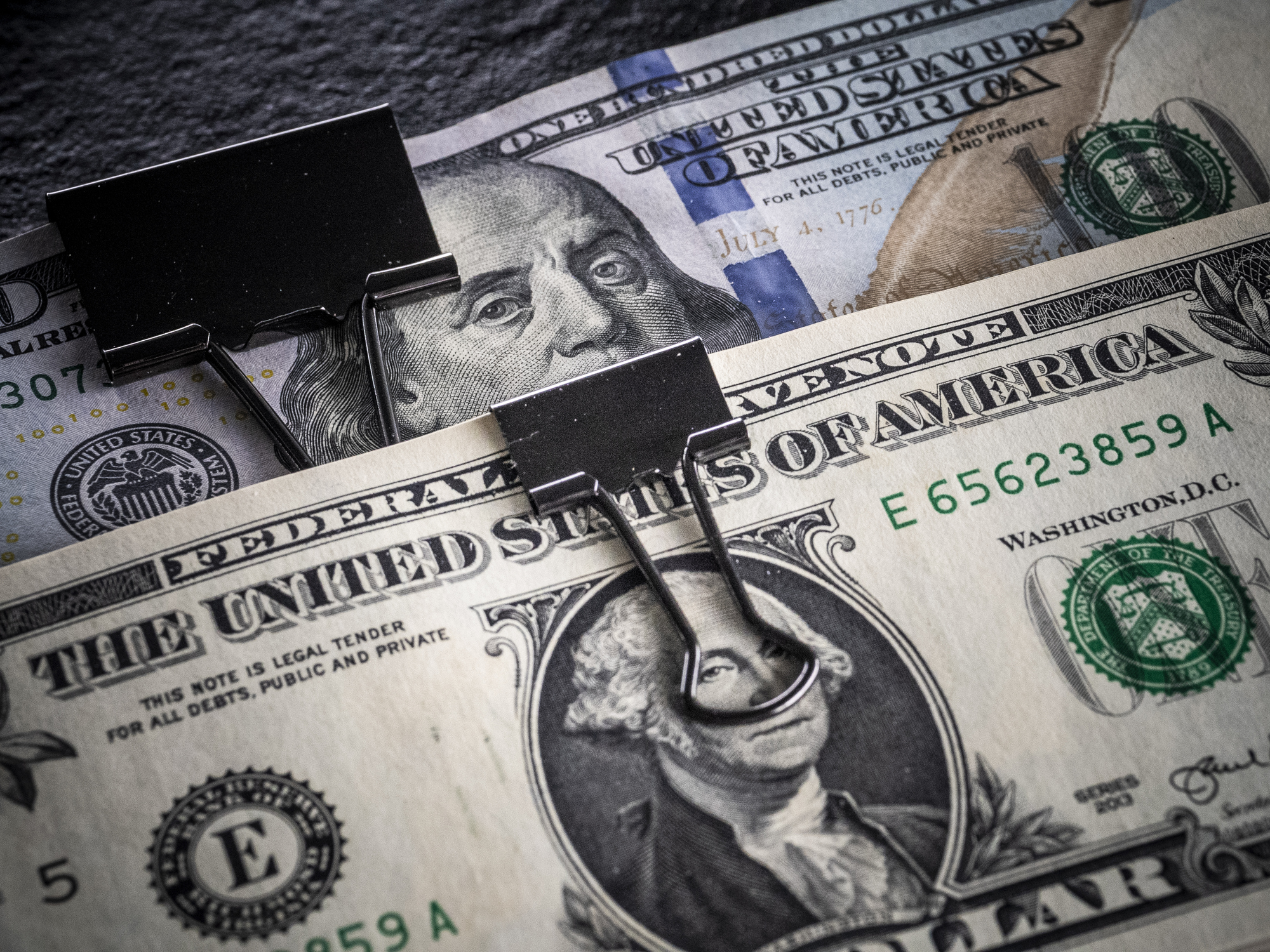
The most obvious item to keep in a safe, after safe deposit box keys, is cash. Even if you only keep small amounts around the house for emergencies, it's better off somewhere protected instead of in a sock drawer.
Infrequently used debit cards, credit cards and key cards — these little bits of plastic easily melt and get lost without notice. Carry only the cards you use; you can't lose what you don't have in your purse or wallet.
3. Social Security cards, passports and original birth certificates
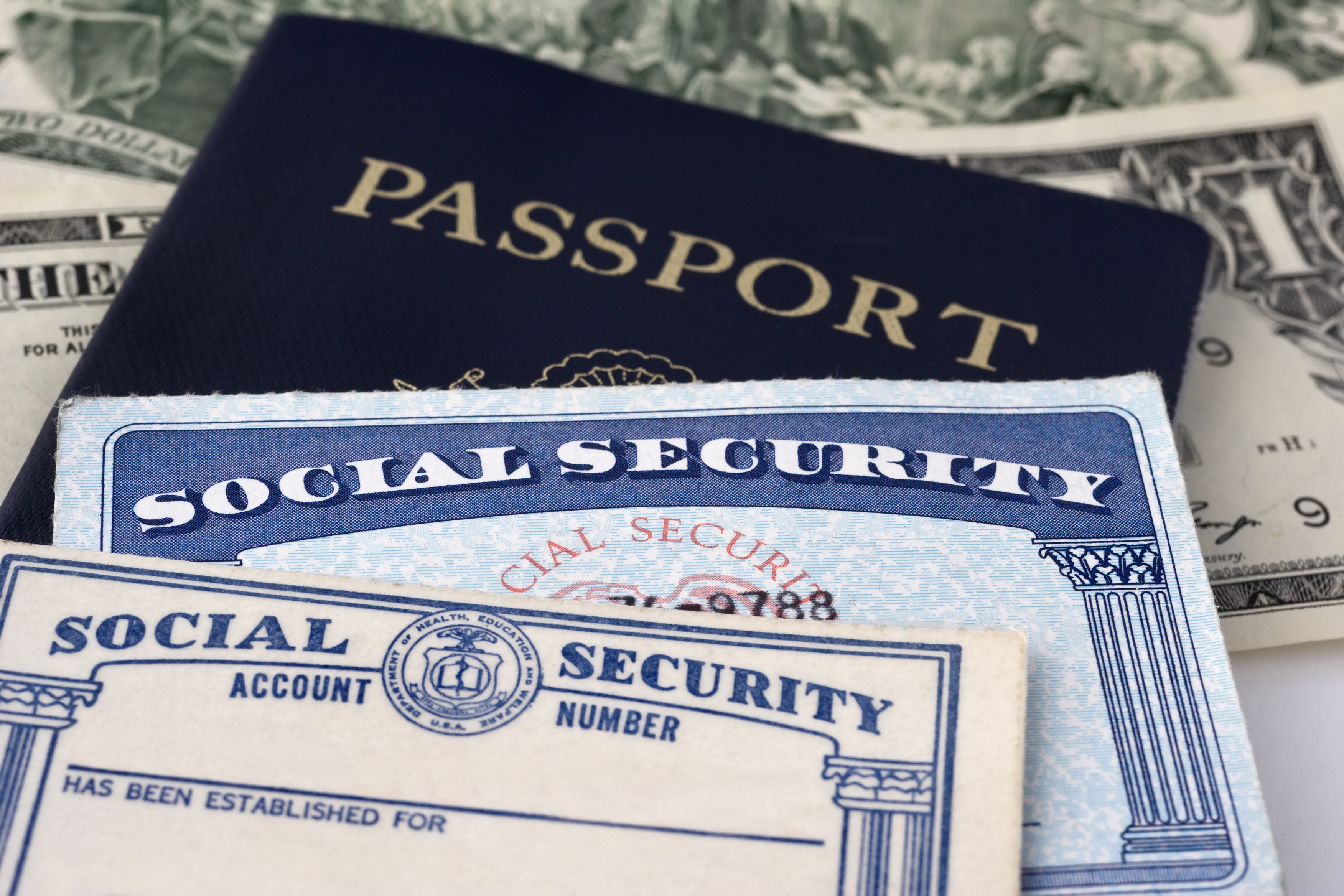
COVID-19 shutdowns keep many people from accessing important identifying documents, such as passports and birth certificates, that were stored in banks. While these documents certainly need to be secured, they shouldn't be anywhere you can't access them readily. After all, these documents can be a hassle and time-consuming to replace.
Passports and original birth certificates are essential to proving your identity, birth date and citizenship and can also stand in for all ID purposes if your wallet or purse is stolen or lost. Your Social Security card is vital to establish eligibility for benefits.
Tip: When traveling abroad, experts advise carrying a photocopy of your passport and leaving the original in a hotel safe.
4. Everyday jewelry

Jewelry you wear regularly doesn't belong in a safe deposit box. And if it's precious to you, you also don't want to leave it on a bedroom counter where it can easily be knocked onto the floor and lost under a bureau. Instead, keep everyday jewelry secure at home in a safe.
However, the expensive heirloom jewelry that you were gifted or inherited but rarely wear should stay in your safe deposit box until a special occasion arises. Then, you can pick it up, wear it for the big event, and put it back safely.
Tip: Don't store pearls in a safe or safety deposit box for long periods. Safety deposit boxes are humidity-controlled to protect paper. Pearls need to draw moisture from the air to maintain their beauty. The arid conditions may dry out your pearls and cause them to develop small fractures in the surface.
5. Copies of your important legal documents
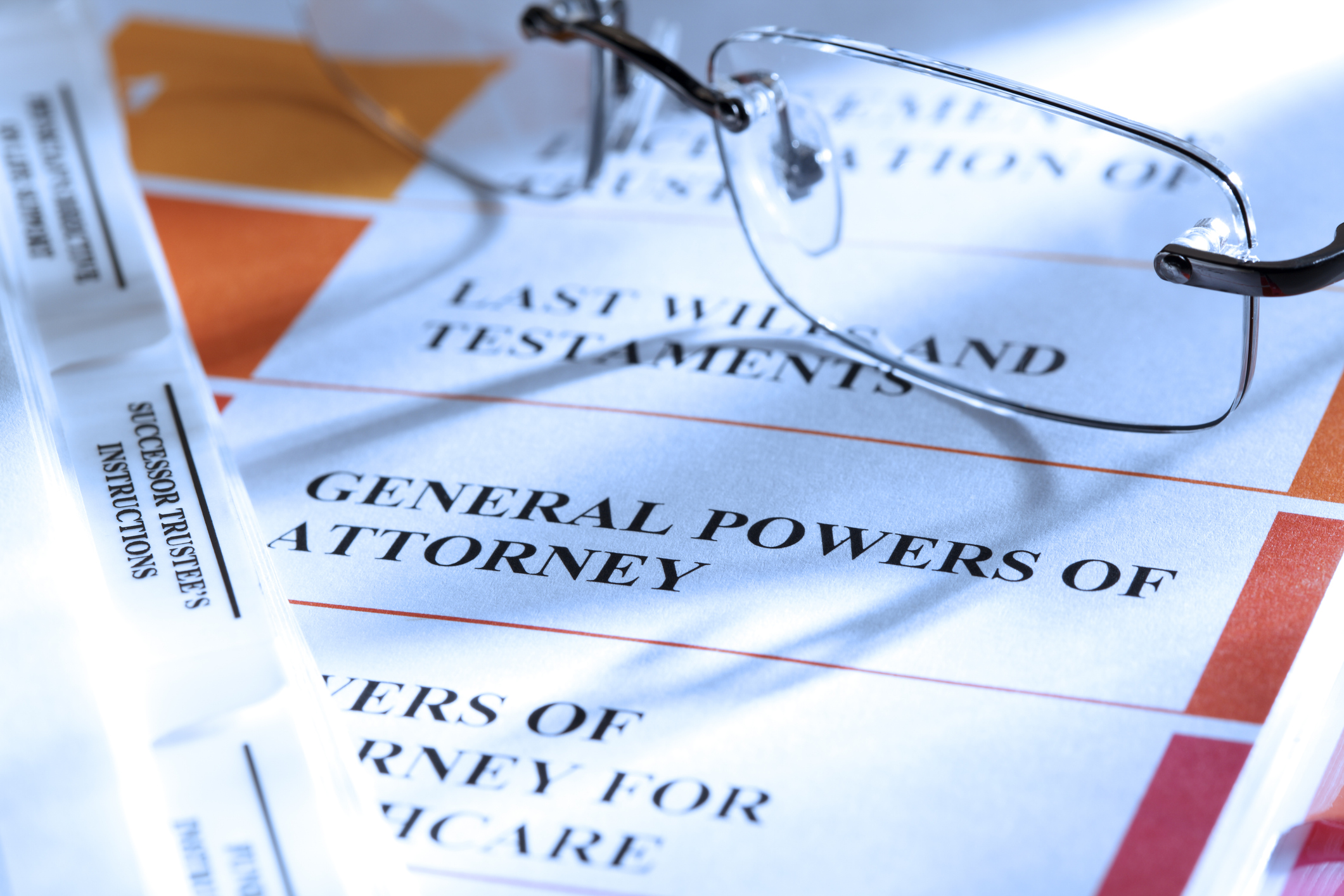
It's critical to have access to key legal documents since safe deposit boxes are typically sealed upon notification of the box owner's death. Access to these important documents can help ensure the protection they were created to provide. Remember to include documents related to you and your family, as well as any documents where you may be designated a health care proxy or attorney-in-fact. Keep original records in a safe deposit box or at some other secure location.
Some of the copies of important documents you store in your home safe should include powers of attorney, wills, living wills and health care proxies.
Tip: Many states have a system that allows you to file your will with the probate court for safekeeping.
6. Financial documents

If there were ever a time when you needed to access your funds, immediately after a home destruction would be it. Papers related to investments, retirement plans and bank accounts, and associated contact information, can help you access the funds you need, when you need them.
It's important to keep tabs on your finances and protect your credit. Keep information about your outstanding debts, due dates and contact information in the event you're displaced or evacuated by a weather event.
Tip: Create a financial to-go kit for natural disasters. You'll have your important financial documents safeguarded and ready to go in case you need to leave your home in a hurry.
7. Property insurance policies and agent contact information

When your home is damaged by a fire, tornado, flood or hurricane, one of the very first things you'll have to deal with is insurance. You'll also need to know how to file a claim.
If you live in an area commonly hit by tornadoes, hurricanes or floods, your local bank could be destroyed or severely damaged by the same elements that impacted your home. That's why it's important to have copies of this documentation handy.
Hopefully, the day will never come when you have to meet with an insurance adjuster. But have these documents in hand just in case:
- Property deeds and mortgage documents.
- Homeowners insurance with policy number.
- Receipts from when you bought the damaged or destroyed items, if you have them. Search your purchase history of items purchased online and print out invoices.
- Gather any photos or videos of your home and property before they were damaged or destroyed.
- Vehicle titles, registration and loan paperwork.
Tip: After a disaster strikes, it's important to get a good replacement cost estimate ASAP. Plan and get an estimate from a contractor in advance — before any potential loss may occur and you will be ahead. You can also use the estimate to ensure you have adequate insurance coverage.
8. CDs, flash drives or external hard drives containing digital copies of important documents

In the event of a storm warning or evacuation notice, documents should be securely stored in a fireproof home safe or in a safe deposit box. Consider a device that will withstand extreme weather, is waterproof, vibration-resistant and shock-resistant.
But what happens if your documents become damaged during an emergency or you don't have enough time to recover them before evacuation? Document digitization is your answer to rebuilding your life and home after the worst occurs.
Having copies of important documents, such as property deeds, vehicle titles, car insurance, home insurance and an inventory of the contents of your home, can help you expedite filing insurance and disaster assistance claims.
Tip: Regularly update your inventory, especially after making major purchases or receiving expensive gifts.
Quicken LifeHub $1.99 p/m (when billed annually).
Protect your important information from floods, fires and other disasters. Stored in the cloud. Easily share documents and transfer ownership to loved ones when needed.
9. Medical information

Prepare a list of family doctors, prescription medications with dosages and contact information for all pharmacies you use. You may need these to get new medication supplies you use regularly or in emergencies.
Tip: Prescription drugs like painkillers can be valuable and a target for thieves. Lock those drugs up.
Tip: Buying a fireproof safe
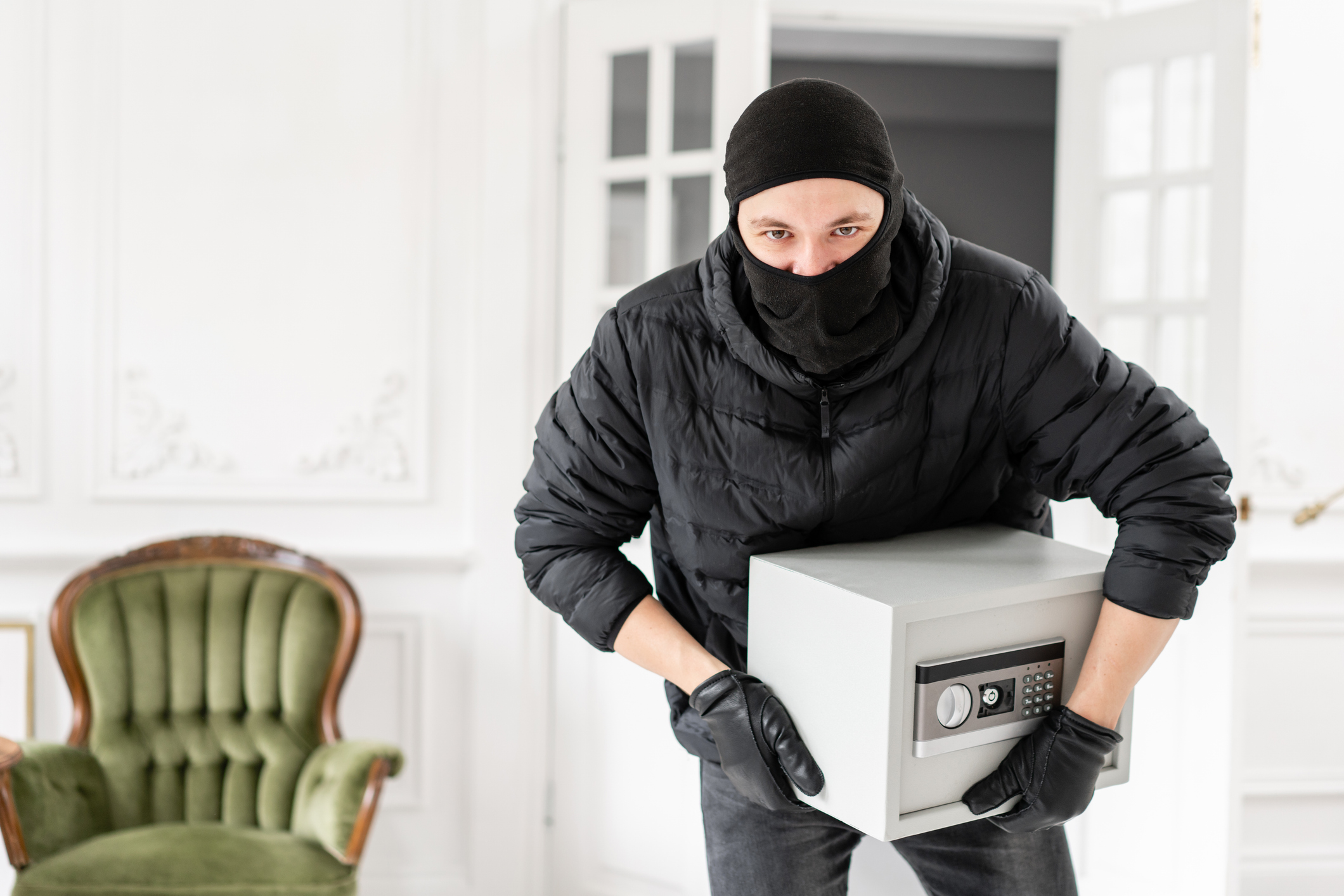
Some safes are meant only to protect from fire, while others are built specifically for burglary and theft protection. When people think of safes, they usually think of burglary protection, but you're statistically more likely to experience a damaging fire than theft.
A burglary safe offers little protection against fire, and fire safes pose fewer challenges to a safecracker. If you require protection against both fire and theft, you need a composite safe designed to meet both threats.
To ensure a home safe meets both demands, it must undergo rigorous testing. Look for UL and ETL certifications when shopping for a safe. UL stands for Underwriters Laboratories, and they test for level of fire protection and ETL verification for specific claims, like water testing.
Different levels of protection with fire-resistant safes. A typical house fire can reach temperatures of 1100 to 1600 degrees. However, temperatures vary significantly depending on the room of origin and whether flashover conditions have been reached.
The different levels of protection of a safe are determined by how long the temperature inside the safe stays below 350° F. Because paper and money begin to char at approximately 387 degrees and auto-ignite at 451 degrees (thanks, Ray Bradbury), a fire safe should maintain a temperature at or under 350 degrees.
Live in an area prone to wildfires? You should take extra precautions. After the 2017 Santa Rosa, California fires, residents discovered that so-called "fireproof" safes did not withstand such high temperatures.
One option is to purchase a mobile fireproof safe that you can take with you, particularly as you may need your documents and related items after you evacuate your home. Keep digital documents and backups in the cloud whenever possible, with services like Quicken's LifeHub.
Locks. The three most common locks on safes are digital, key locks and combination dials. If your family decides to buy a safe with a key lock, be very careful about where you decide to hide the key. Make sure everyone in the family knows where the key is, or make copies for each family member.
If your home safe relies on digital or combination locks, you should change the combination on the lock occasionally for added security.
Placement. If you are most concerned about the risk of theft, a bolt-down safe may be a cost-effective choice, especially if you are pouring a new cement floor or building your home. The 2.5 cubic feet safe by SentrySafe is fire-resistant and waterproof with a bolt-down system built directly into the bottom, priced just under $400.
Floor safes are installed in concrete floors. When properly installed, it takes great effort to lift or pry out, or otherwise tamper with the safe. When installing your safe, carefully follow instructions for your model to ensure you don't damage it or invalidate important protective features of your safe.
Floor safes are great for burglar protection but offer limited protection against fire and water. Five sides of the safe are surrounded by concrete, preventing much of the heat from getting inside. However, the safe's door is exposed and has no fire material to protect it. And some reports show that water may condense in these safes. One way to improve your floor safe's performance is to use fire- and water-resistant bags to store important items you want to keep protected from a fire or flood.
Tip: A waterproof fire safe should be opened and aired out for at least 30 minutes every week to prevent any build-up of moisture inside. It is also recommended to occasionally let the safe breathe for longer periods. This will balance the humidity difference inside and outside and allow any excess moisture trapped inside to escape.
The SentrySafe SFW123CS is a fire-resistant and waterproof safe designed to protect your valuables from fire, water and theft.
Related Content
Profit and prosper with the best of Kiplinger's advice on investing, taxes, retirement, personal finance and much more. Delivered daily. Enter your email in the box and click Sign Me Up.

Donna joined Kiplinger as a personal finance writer in 2023. She spent more than a decade as the contributing editor of J.K.Lasser's Your Income Tax Guide and edited state specific legal treatises at ALM Media. She has shared her expertise as a guest on Bloomberg, CNN, Fox, NPR, CNBC and many other media outlets around the nation. She is a graduate of Brooklyn Law School and the University at Buffalo.
-
 What to Ask a Contractor Before a Renovation
What to Ask a Contractor Before a RenovationEssential questions homeowners should ask before hiring a contractor to avoid surprises, protect their investment and keep projects on time and on budget.
-
 How to Avoid Being Buried by the Tax Avalanche in Retirement
How to Avoid Being Buried by the Tax Avalanche in RetirementAll that cash you have in tax-deferred accounts could launch you into a higher tax bracket when you start withdrawals. It's time to protect your income.
-
 This Financial Pro Shares the Secret to Retirement Success
This Financial Pro Shares the Secret to Retirement SuccessFor real retirement security, forget about chasing returns and focus instead on the things you can control: income, taxes, risk-taking and decision-making.
-
 How Verizon’s Free Phone Deals Work
How Verizon’s Free Phone Deals WorkWhat shoppers need to know about eligibility, bill credits and plan costs.
-
 Does Your Car Insurer Need to Know All Your Kids? Michigan Cases Raise Question
Does Your Car Insurer Need to Know All Your Kids? Michigan Cases Raise QuestionWho you list on your policy matters more than most drivers realize, especially when it comes to who lives in your home.
-
 Is Direct Primary Care Right for Your Health Needs?
Is Direct Primary Care Right for Your Health Needs?With the direct primary care model, you pay a membership fee for more personalized medical services.
-
 Smart Ways to Share a Credit Card
Smart Ways to Share a Credit CardAdding an authorized user has its benefits, but make sure you set the ground rules.
-
 Consider These 4 Tweaks to Your 2026 Financial Plan, Courtesy of a Financial Planner
Consider These 4 Tweaks to Your 2026 Financial Plan, Courtesy of a Financial PlannerThere's never a bad time to make or review a financial plan. But recent changes to the financial landscape might make it especially important to do so now.
-
 We Know You Hate Your Insurance, But Here's Why You Should Show It Some Love
We Know You Hate Your Insurance, But Here's Why You Should Show It Some LoveSure, it's pricey, the policies are confusing, and the claims process is slow, but insurance is essentially the friend who shows up during life's worst moments.
-
 6 Financially Savvy Power Moves for Women in 2026 (Prepare to Be in Charge!)
6 Financially Savvy Power Moves for Women in 2026 (Prepare to Be in Charge!)Don't let the day-to-day get in the way of long-term financial planning. Here's how to get organized — including a reminder to dream big about your future.
-
 Countries That Will Pay You to Move: Cash Grants, Incentives and What to Know
Countries That Will Pay You to Move: Cash Grants, Incentives and What to KnowExplore real relocation incentives — from cash grants and tax breaks to startup funding — that make moving abroad or to smaller towns more affordable and rewarding.

